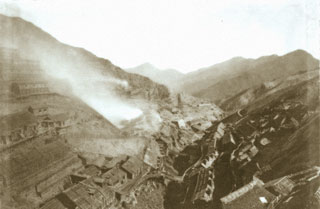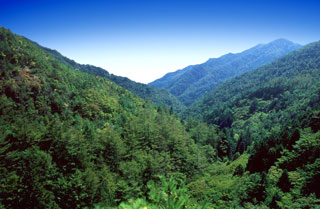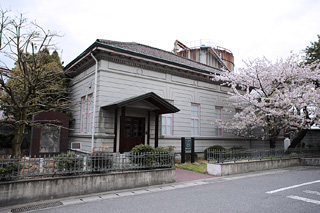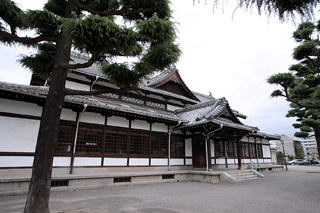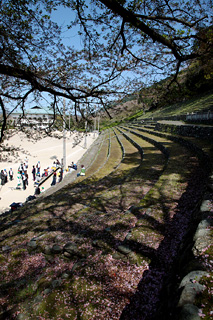Teigo Iba, the modernizer of Sumitomo
As mentioned in the previous section, Teigo Iba, the second director-general, was known as a “man of noble character” in Ishiyama where he lived during his retirement and praised as a “man of the utmost integrity” by Jun Kawada, who had served as a former managing director of Sumitomo Goshi Kaisha and was also a poet. During his four-year tenure as director-general, he worked tirelessly to strengthen the foundation of Sumitomo’s business. Iba’s retirement at the age of 58 accorded with his conviction that “What is most harmful to business development are not the mistakes of youth but the dominance of the old.” The people who had worked with him were most reluctant to see him step down.
Teigo Iba, a nephew of the first Director-General Saihei Hirose, was born in what is today Omihachiman City, Shiga Prefecture. Initially pursuing a career as a judicial official, he was appointed a judge at the Osaka Superior Court. However, as related in The History of Sumitomo and other publications, Iba, frustrated by what he viewed as the incapacity of the bureaucracy, resigned from his position as a judicial official in 1879. Deciding to embark on a career with Sumitomo at Hirose’s suggestion, he joined Sumitomo at the age of 33 and was appointed general manager of the Osaka Head Office.
By 1894 Iba was running Sumitomo’s various businesses on behalf of Hirose. Three years later, in 1897, he was appointed deputy director-general), and after a further three years, in 1900 at the age of 54, he became the second director-general. Although the influence of his uncle was an advantage, Iba’s rapid ascent to the top position undoubtedly reflected his admirable character and evident capabilities.
Iba’s first task as the director-general was to modernize Sumitomo’s management. Overhauling the organizational structure, he streamlined administrative operations and also established a private school and a hospital. He upgraded the facilities of the Besshi Copper Mines. The attention Iba paid to cultural and educational matters reflected his vision of Sumitomo’s future. Especially noteworthy was his emphasis on fostering and promoting youthful talent, including recruitment of gifted people from outside Sumitomo.
Mr. Teruaki Sueoka, Deputy Director of Sumitomo Historical Archives, observes: “Saihei Hirose, the first director-general, recruited experienced people who possessed the spirited determination necessary to steer Sumitomo through a period of dramatic change. In contrast, operating in a more stable era and looking 50 or even 100 years ahead, Teigo Iba focused on securing talented young people. Both Hirose and Iba recruited mid-career professionals, but Iba recruited a greater number of aspiring young people who were dissatisfied with their careers as government officials.”
Among those Iba recruited were Masaya Suzuki, 35 years old and an official of the Ministry of Home Affairs, Kinkichi Nakada, 36, and Masatsune Ogura, 24. They joined Sumitomo as energetic, capable, young men and all went on to serve in the top post of director-general. After Saihei Hirose, Shunnosuke Furuta was the first person to become director-general who had spent his entire working life at Sumitomo. Furuta’s ascent through organization reflected Iba’s human resources development policy.
With these capable people in leadership positions, the organizational structure and managerial systems of the House of Sumitomo became increasingly sophisticated. Iba applied the maxim “People make the enterprise,” establishing a tradition that still flourishes at Sumitomo.
Teigo Iba faithfully adhered to Sumitomo’s policy of undertaking “projects beneficial to the nation from a long-term perspective” and, with that in mind, pursued “planning imbued with a farsighted perspective.” In fact, to a remarkable extent, Iba’s initiatives appear to have anticipated the environmental issues that figure so prominently in the 21st century.

 EN
EN



